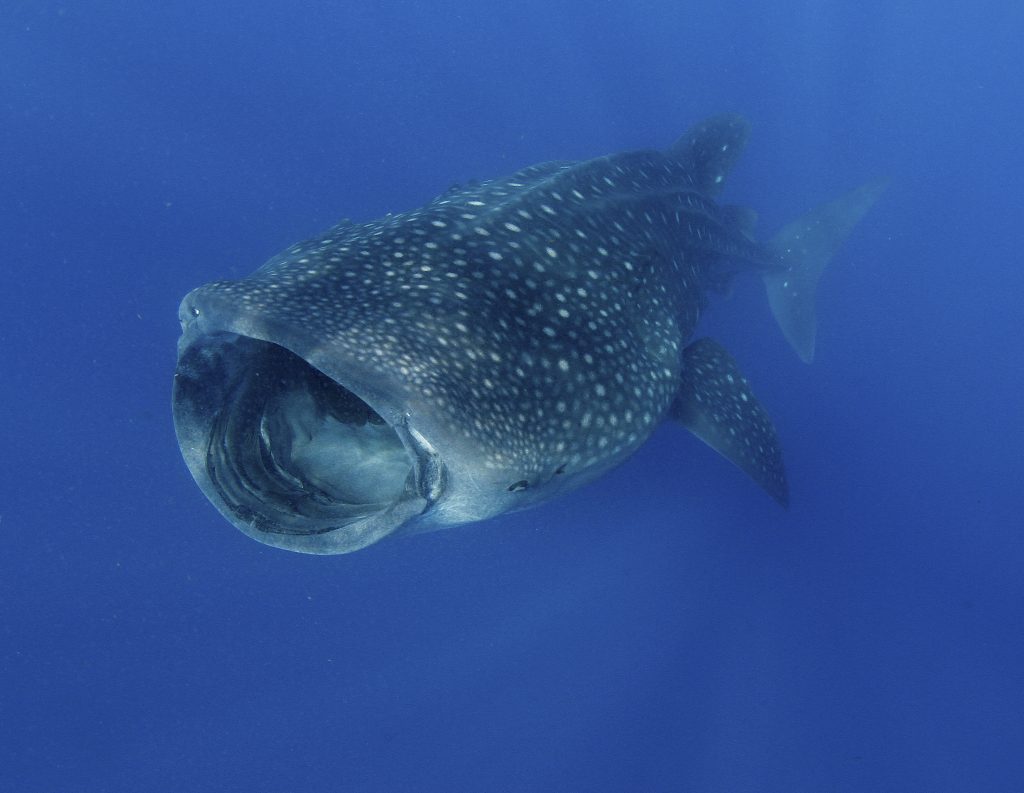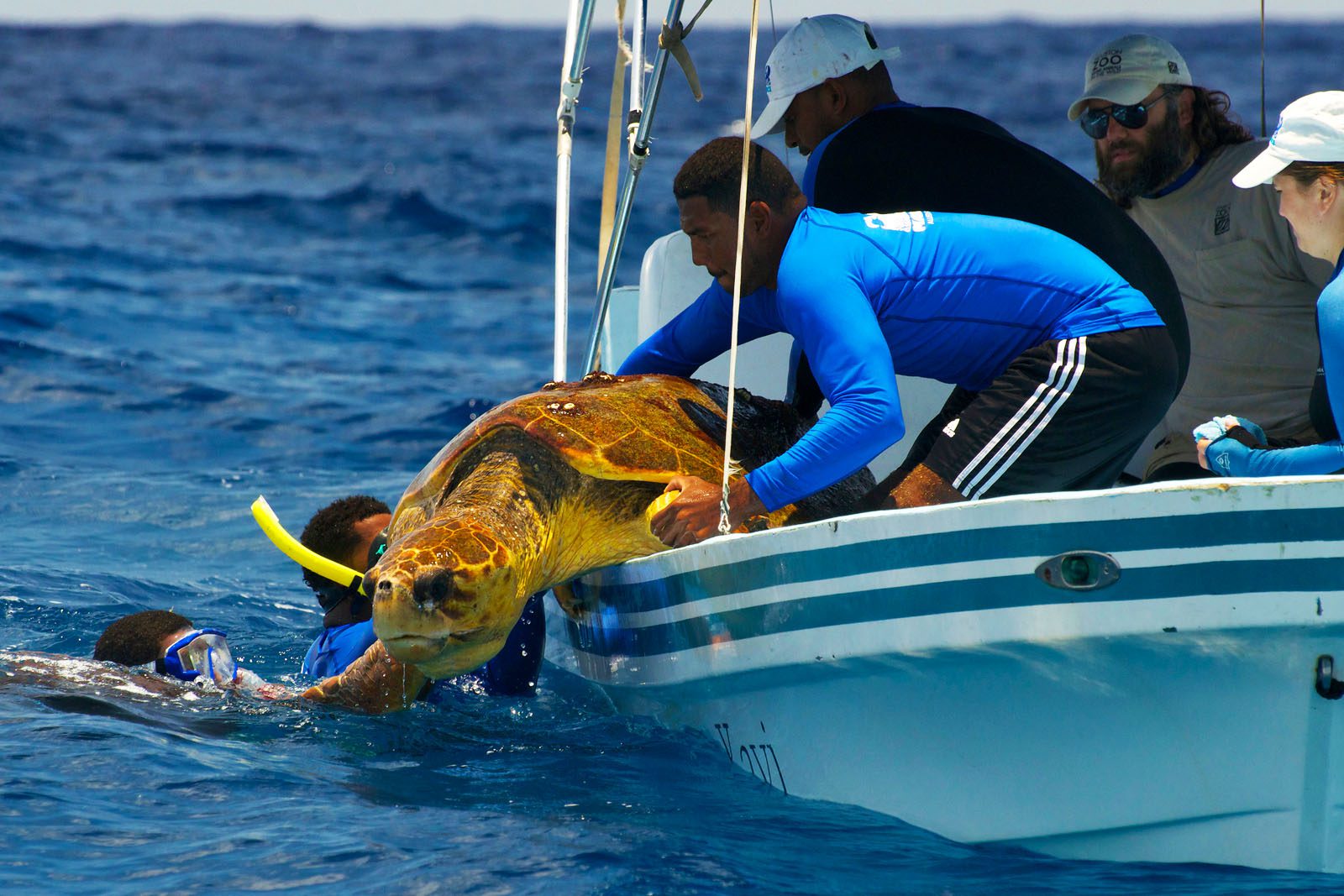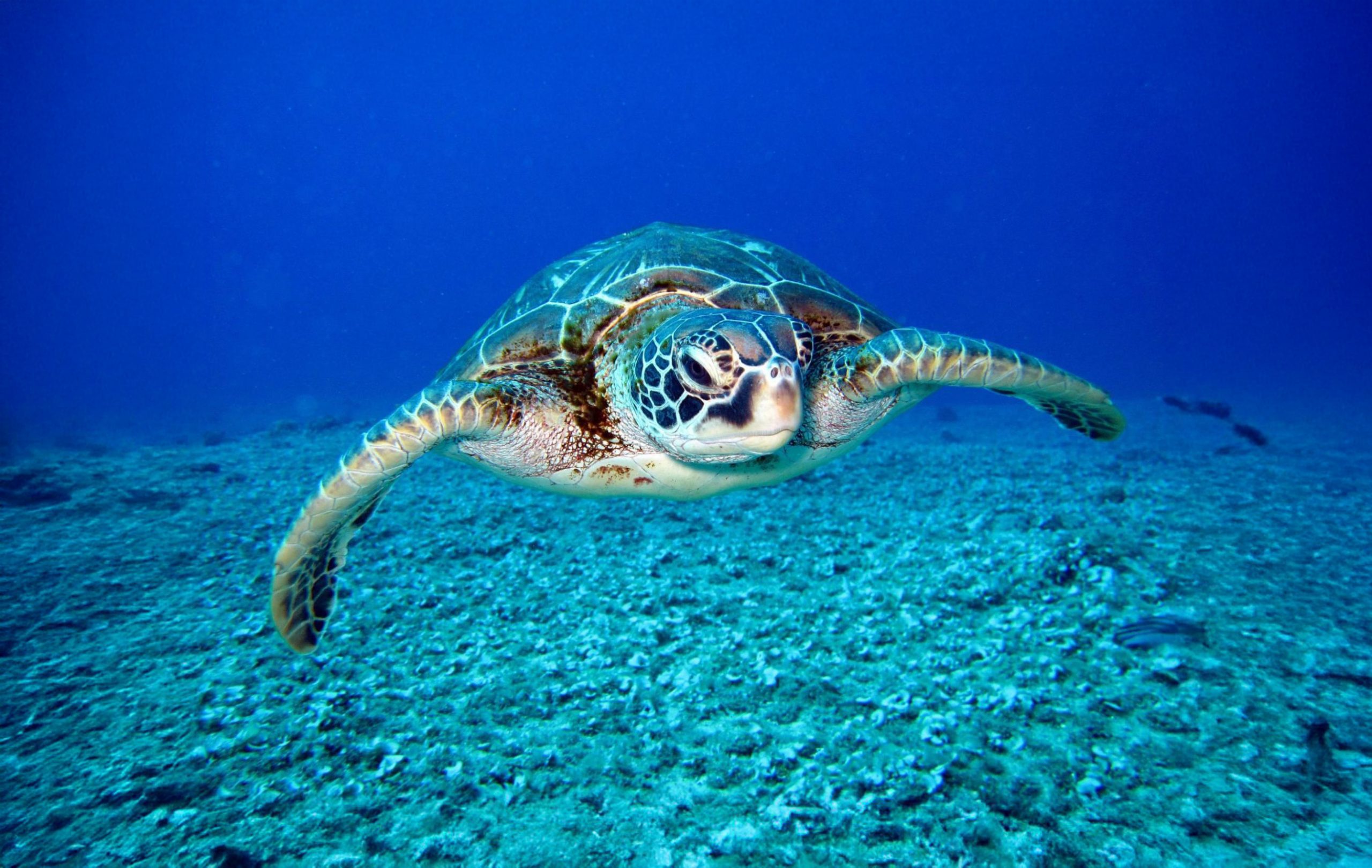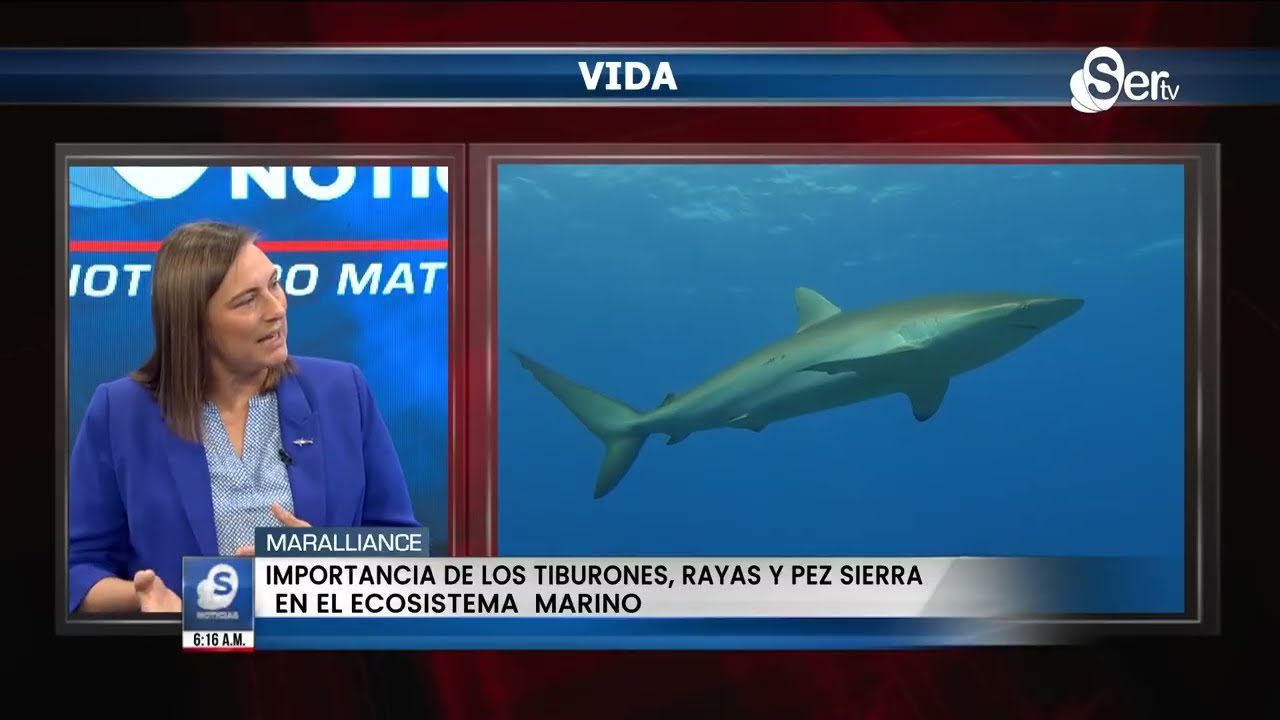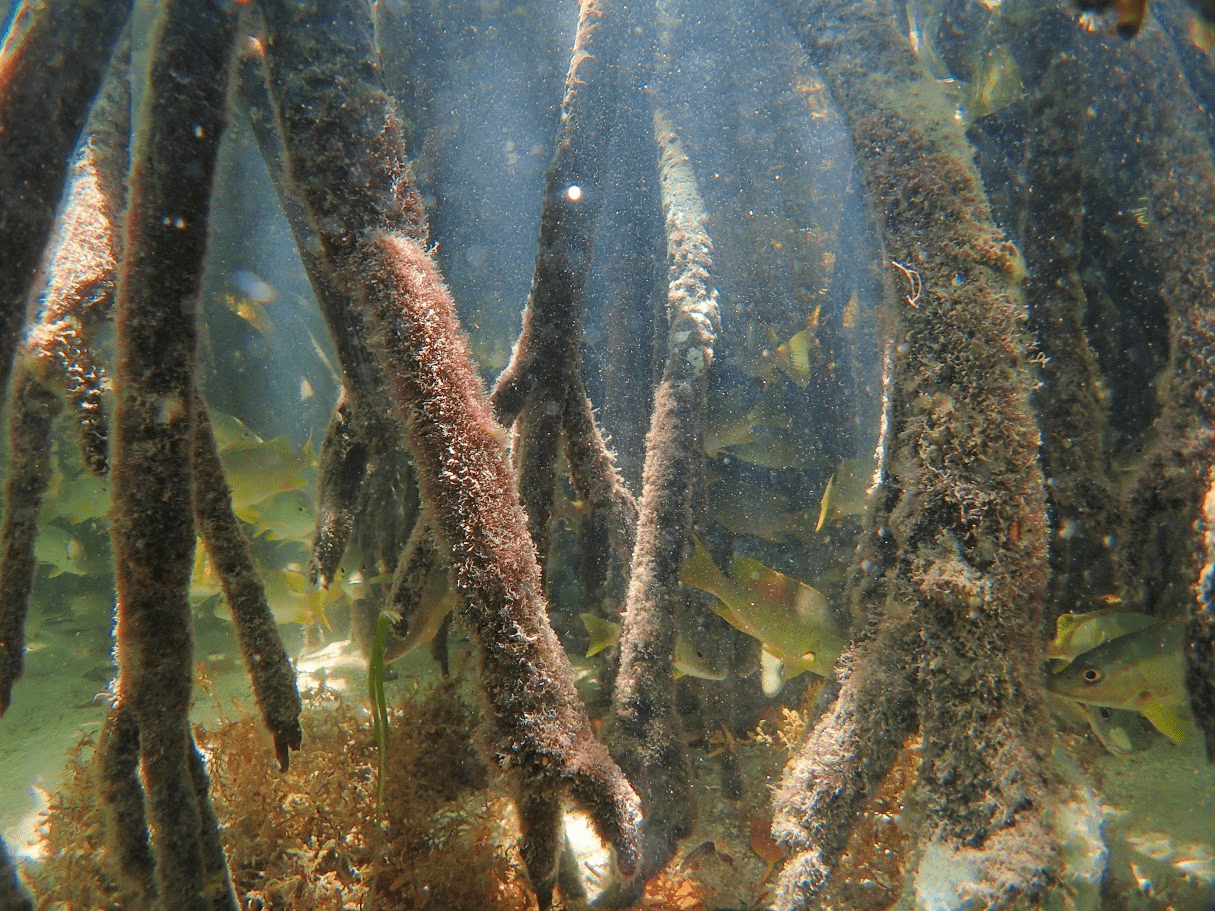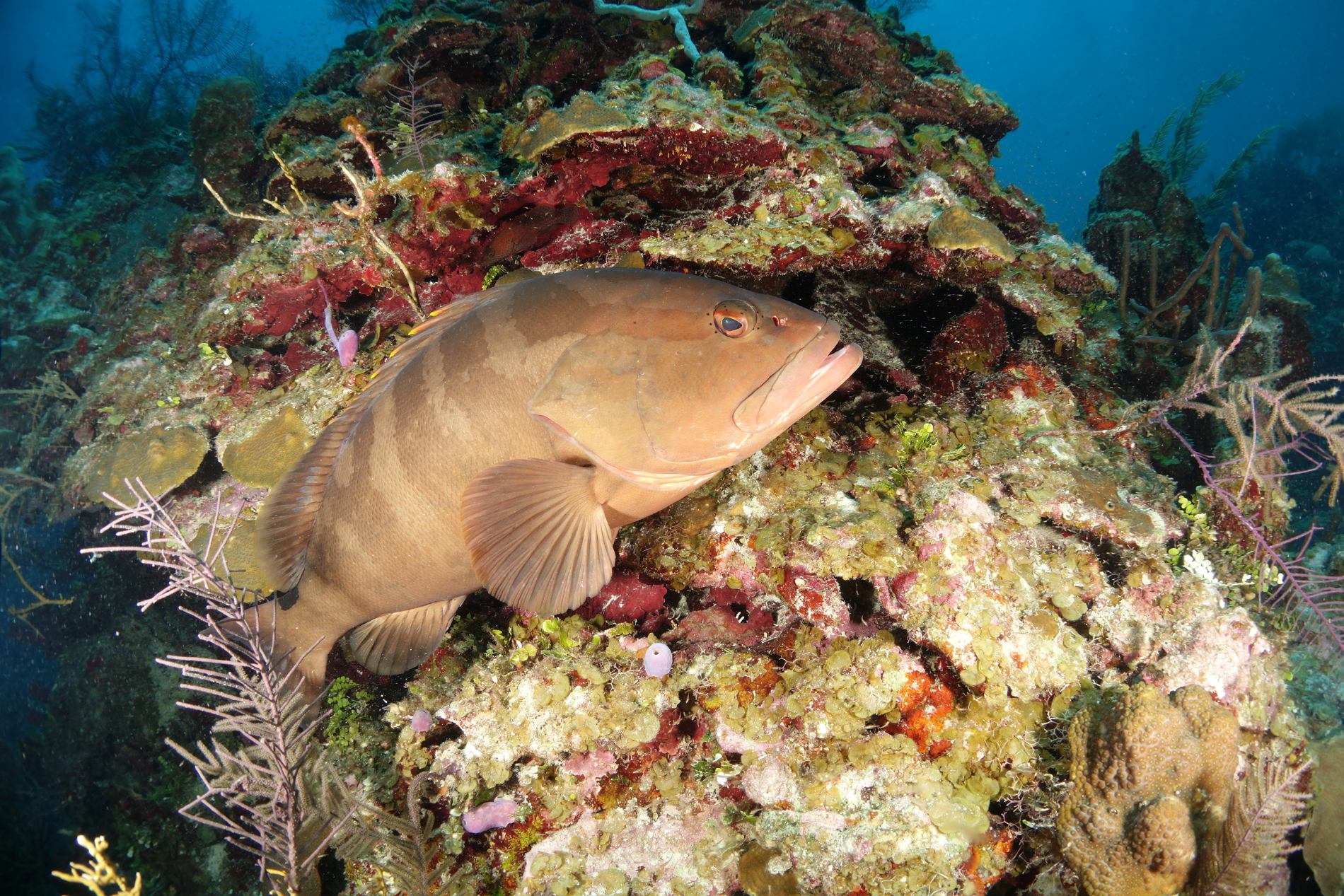Sharks first appeared in the fossil record nearly 400 million years ago, long before dinosaurs or the first trees took root. Today, more than a thousand shark and ray species are known to science, with new discoveries still emerging each year. Their remarkable longevity and diversity testify to a lineage finely tuned to life in the world’s oceans.
Champions of Coastal Carbon Storage
Coastal sharks play an often‑overlooked role in preserving what scientists call blue carbon, the greenhouse gases captured and stored by marine plants. When sharks hunt sea turtles or fish that graze on seagrasses and kelp, they help these underwater meadows remain healthy. Healthy seagrass beds can capture carbon up to thirty‑five times faster than tropical rainforests and lock it away in sediments for decades.
By limiting the grazing pressure of herbivorous fish or sea turtles, sharks indirectly boost the productivity of seagrass and kelp forests. This process not only supports coastal resilience in the face of rising seas, but also helps mitigate climate change by keeping vast stores of carbon safely buried beneath the waves.
A Skeleton Made of Cartilage
Sharks are unlike most fish in a fundamental way: they don’t have bones. Instead, their skeletons are made entirely of cartilage, a strong, flexible tissue that gives sharks their signature agility and helps keep them buoyant in the water. This lightweight structure reduces the energy they need to swim long distances and allows for sharp, efficient turns.
As some sharks age, calcium deposits can partially harden areas like the jaw and vertebrae. However, these regions still don’t fossilize the way bones do. In fact, the only part of a shark that reliably fossilizes is its teeth. Made of dentin and covered in hard enamel, shark teeth are dense and durable, making them the most common trace of ancient sharks in the fossil record.
These fossilized teeth offer scientists invaluable insights into the evolution and behavior of sharks, painting a picture of marine ecosystems that existed hundreds of millions of years ago. So while the rest of a shark may disappear with time, its teeth remain as a lasting legacy of this ancient predator.

The Story Their Teeth Tell
From the moment they are born, sharks bear rows of teeth ready for action. New teeth grow continuously to replace those lost, ensuring a constant supply of razor‑sharp tools. Over a lifetime, some sharks may cycle through more than thirty thousand teeth, each generation leaving its mark in sand and stone.
The shape of each tooth reveals the shark’s diet. Flat, molar‑like plates crush shellfish and crustaceans. Slender points grip swift fish. Serrated triangles slice through larger animals. By examining tooth form and wear patterns, scientists can reconstruct feeding behaviors and ecological roles of extinct and living species alike.

Electroreception Beneath the Surface
Sharks possess specialized organs called the ampullae of Lorenzini, tiny pores clustered around the snout, eyes, and mouth. These sensory structures detect electrical fields generated by muscle contractions in other animals and subtle shifts in water temperature.
This extraordinary capability enables sharks to locate prey hidden beneath sand or lurking in dark waters. A buried stingray, for example, emits tiny electric signals with every twitch of its muscles, signals sharks can pinpoint with remarkable precision.
Skin That Cuts Through Water
A shark’s skin resembles sandpaper because it is covered in millions of minute scales known as dermal denticles. These tooth‑like structures smooth the flow of water along the body, reducing resistance and increasing swimming efficiency.
As sharks grow, they continuously shed and replace the denticles. In some species, these scales become enlarged enough to serve as protective shields or defensive spines, illustrating the versatile functions that dermal denticles can perform.
This remarkable adaptation has also inspired biomimicry, designs in human technology that imitate nature’s solutions. Engineers have replicated the structure of shark denticles to develop high-performance swimsuits and drag-reducing boat surfaces, applying evolutionary efficiency to solve modern challenges.

Fins and Swimming
Sharks rely on five fin types to balance lift, stability, and thrust. The paired pectoral fins, located on the underside near the front, generate the lift that keeps the shark from sinking; however, they cannot be used to make a shark swim backwards, like they can in many bony fishes. Directly behind them, the paired pelvic fins steady the body and prevent rolling as the shark glides.
On the back, one or two dorsal fins, the larger one amidships and a smaller one closer to the tail, provide crucial balance. Some sharks carry an anal fin beneath the body between the pelvic and tail fins, adding further stability, though not all species have it. The caudal fin, with its larger upper lobe, delivers the powerful side‑to‑side strokes that drive the shark forward; in thresher sharks, this upper lobe can exceed the shark’s own body length.

Staying Aloft and Strong
Sharks do not have a swim bladder, which is a gas-filled organ that helps most bony fish control their buoyancy. Sharks maintain buoyancy through three key features: a lightweight cartilaginous skeleton, lift produced by their moving fins, and oil‑rich livers that can account for up to twenty‑five percent of their body weight. These adaptations let sharks allocate less energy to staying afloat and more to traveling long distances.
Their muscle system also supports varied swimming strategies. Red muscle fibers powered by stored fats enable sustained cruising, while white muscle fibers fueled by sugars provide sudden bursts of speed for capturing prey or evading threats. This dual system ensures sharks can patrol the ocean with endurance and agility.
If you would like to download our shark anatomy poster or other educational resources, click here.


